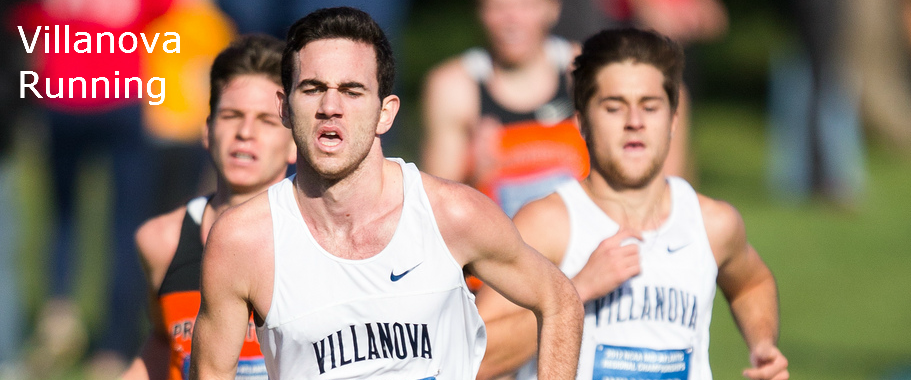Triathlon: HPNZ now scouting for Olympic champions
By Andrew Alderson
New Zealand Herald
5:30 AM Sunday Feb 10, 2013
High performance sport New Zealand has initiated a programme best described as Olympic Moneyball - where top athletes from various codes can visit Auckland's Millennium Institute and demonstrate their abilities in a variety of sporting tasks to see if their talent is worth persevering with at an international level.
Former Olympian Adrian Blincoe is co-ordinating the National Athlete Transfer System (NATS), effectively becoming what Billy Beane was to the Oakland Athletics in the Moneyball book and film. Like Beane, his job is to offer an analytical and evidence-based approach to maximise Olympic talent from HPSNZ's relatively small budget.
Contenders fill out expressions of interest. The programme is openly ageist (athletes need to be 16-28 years) but Blincoe believes it can improve New Zealand's medal chances at the Rio Games.
"The initiative is athlete driven, perhaps for those who might be considering retirement or had past injuries. It potentially gives them another pathway to success in elite sport by upskilling in a new event. We're not shoulder tapping.
"It has been done on a case-by-case basis in the past. Kate McIlroy [athletics to triathlon], Alison Shanks [netball to cycling] and past bobsled teams are examples. We'll be doing basic tests like checking their wattage output on a bike, a VO2 max [maximum aerobic capacity] test on a treadmill, speed in the pool and other skills-based tasks. The goal is to pick athletes capable of making a fast transition to winning medals at major championships.
"The British did a version of this for the London Games. Thousands were tested over a couple of weeks but it had a finite end date. We don't have those sorts of resources but our programme will be ongoing."
The obvious place for Blincoe to start is triathlon, where McIlroy made an almost immediate impact after transferring from the steeplechase, an event in which she qualified for the 2008 Olympics but did not attend through injury.
Triathlon New Zealand struggled in the last Olympic cycle where no medals failed to justify the $6.16 million of taxpayer investment.
Triathlon has survived as a targeted Olympic sport, thanks in part to an eight-year plan which includes moving to a new base in Cambridge this year. They have also cut the high performance squad from 21 to 14 with only three athletes - Andrea Hewitt, McIlroy and Ryan Sissons - in what's described as a 'podium' squad.
New TriNZ high performance director Graeme Maw welcomes the HPSNZ plan. A key TriNZ objective is finding runners who can complete 10km in less than 30 minutes (men) and 34 minutes (women). That is seen as a distinguishing characteristic between a triathlon champion and an exceptional athlete.
"Working with Adrian will be fantastic because he knows what success looks like, having been an Olympian and experienced the US college system," Maw says.
Maw knows his way around athletes. He held similar high performance roles with Welsh rugby, Queensland Swimming and British Triathlon (his talent identification programme unearthed the Brownlee brothers).
"I came from [working as sports director at] Millfield school in Britain and I'd happily stand in front of assembly and say we didn't want to develop sports yobs. For me, the psychological and emotional development of athletes is of utmost importance. It doesn't mean you have to sacrifice speed.
"New Zealand needs to retain that No8 wire, self-reliant attitude of a Bevan Docherty. We've got around half the budget of Britain so we've always got to be clever to find ways to win."
- Herald on Sunday


No comments:
Post a Comment